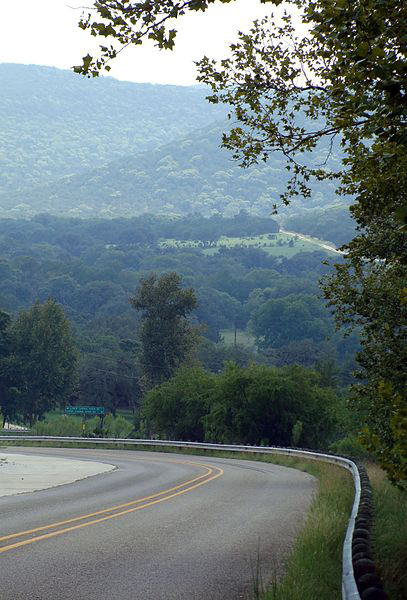- La Feria Community Holds Succesful Business Mixer Event
- Little Nashville to Take Place in Downtown Mercedes
- Lions Basketball Captures District Gold
- La Feria ISD Students Compete in Regional Chess Tournament
- Lions End First Half of 32-4A on a High Note
- La Feria ISD Held Another Successful Parent Conference
- Strong Appearance for Lions at Hidalgo Power Meet
- LFECHS Students Get to Meet Local Actress
- Students Participate in Marine Biology Camp
- Two LFECHS Students Qualify for All-State Band
EPA Proposes Hill Country Site for Superfund Cleanup List
- Updated: April 3, 2015
by Eric Galatas/TNS

On Tuesday, the EPA proposed adding a contaminated groundwater site in the Texas hill country to the National Priorities List of Superfund Sites. Photo: Zereshk/Wikimedia Commons.
AUSTIN, Texas – The Environmental Protection Agency is proposing to add a contaminated site in the Texas hill country to the Superfund National Priorities List.
A plume of toxic tetrachloroethylene or PCE, was found in the groundwater one mile south of the city of Burnet, about 50 miles northwest of Austin. EPA spokeswoman Jennah Durant said the source of the contamination still is unknown and the proposal is the first step in the cleanup process.
“The thing that we want to take care of is where is this contamination coming from,” she said, “and we also want to make sure that it doesn’t get any worse.”
According to the agency, the toxic PCE was released into the Ellenburger-San Saba aquifer, corrupting two public water wells and seven private wells. So far, Durant said, monitoring has shown that the affected groundwater used for drinking is below the agency’s “maximum contaminant level.” Two wells exceeding EPA safety standards are used for irrigation and watering livestock.
The private drinking-water wells in the contaminated aquifer are the only water source for residents who live outside Burnet city limits. Durant said the EPA is taking action because exposure to PCE can affect the nervous system and reproductive system, and may lead to higher risk of some types of cancer.
“It’s also been shown to cause damage to liver and kidneys over long-term exposure,” she said.
Superfund is the federal program that investigates and cleans up the worst hazardous-waste sites in the country. Research shows that investment in Superfund cleanups reduces the incidence of congenital abnormalities for those living within 5,000 yards of a designated site.


